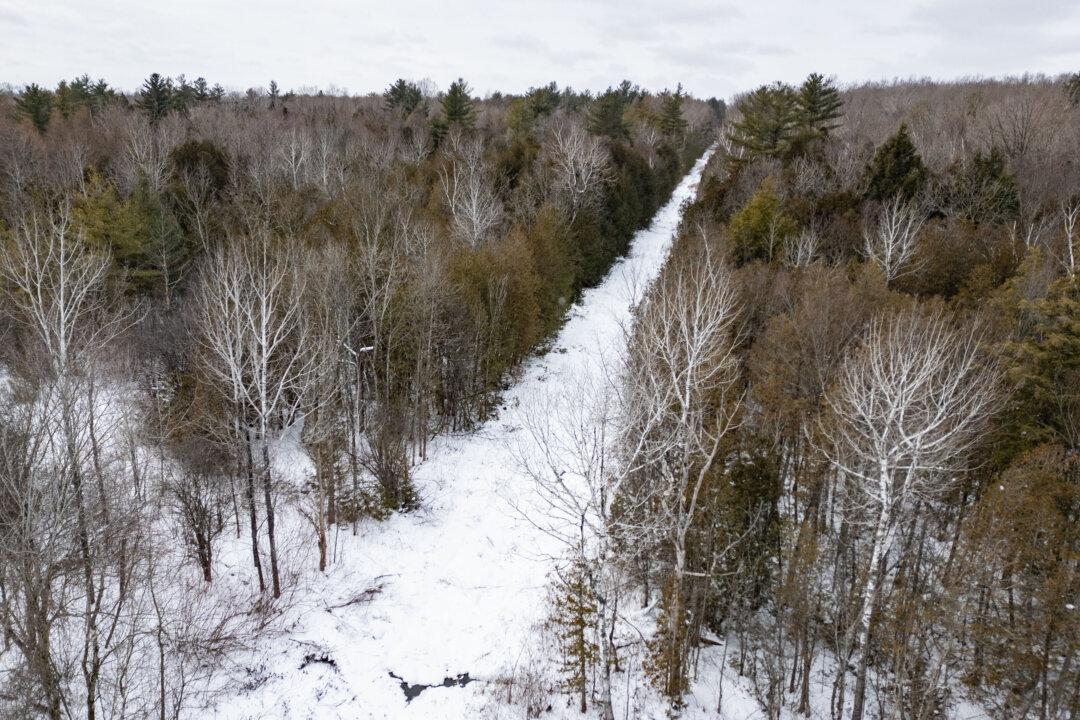As volunteer firefighter Mark Zawidzki battled eye-stinging smoke and flying embers to save homes from the Halifax wildfire, he realized its flames were headed to a neighbouring subdivision—and his own residence.
But he kept working.
“It was important to stay with my crew and work on the assignments we were given,” the 50-year-old said. “The fire was raging at such an incredible pace that I just wanted to save somebody else’s house while I could.”
As the winds shifted, Zawidzki took a minute to text his wife and post on a Facebook group in the Highland Park subdivision where the flames were heading, before continuing to lead his team in the community of Westwood.
In his 13 years of volunteering at the station in Hammonds Plains, Zawidzki—a civilian employee of the Defence Department—had seen brush fires, but he said the wildfire that began Sunday afternoon was a “completely different beast.”
It tore through the Upper Tantallon area—a bedroom community on the northwestern outskirts of the city—leaping between tree tops and rushing around lakes.
A bone-dry April and May left the woods behind the homes like a tinder keg, as high heat combined with low humidity to further raise the fire risk.
“You go from 80 to 90 percent visibility and decent air, to not being able to see anything, your air quality is horrendous and you’re trying to follow the hose back to the truck because they’re evacuating the area.”
The smell of the smoke shifted from burning wood to nauseous, melting plastic. Car gas tanks started to explode. Venting propane tanks made sounds like an airplane jet engine.
The volunteer firefighter called his wife Pamela and told her to gather up key documents, a few possessions, the pets, and get out, fearing the only exit from the community would likely soon be clogged with cars.
A few hours later, Zawidzki encountered Chris Johnson, a Halifax firefighter who lived a few houses away. Johnson showed him images indicating the destruction of his own home. “So, I assumed mine was (destroyed), too,” Zawidzki said.
By early Monday, Zawidzki had seen his property, which he said looked like “a smouldering heap.”
Sitting in his in-laws’ apartment in Bedford, Zawidzki held back tears as he described the sense of loss now descending on him, both of the home where he raised a family and a friendly neighbourhood he treasured. “It’s hard,” he said, unable to complete his sentence.
In a telephone interview, Johnson said it was difficult breaking the news to his colleague as they continued to work on the front line Sunday night.
“The first thing I said to Mark was, ‘I’m so sorry,’” he said. A short time later, Johnson said he learned that fellow Halifax firefighter and neighbour Matt Chang, who has three young children, had also lost his home.
But there was too much chaos to dwell long on the disaster. “We had all the (hose) lines in place. But yet houses were burning and the wind was blowing ... I felt terrible for the people standing on the road watching,” Johnson said.
The City of Halifax has said that in coming days at least 151 homeowners will be officially informed of the damage to their residences and, when it is safe, be permitted to visit the scenes of destruction.
Zawidzki said it’s daunting to realize that with contractors in short supply, it could take two or three years to rebuild. He said he’s not sure if that’s the best option. He also wonders about how soon potable water can be re-established because of possible contamination.
But he won’t give up volunteering as a firefighter, despite the traumatic losses of recent days. He proudly shows a photograph of one of the few remaining elements of his home’s front entrance: a vintage fire hydrant he received at a Christmas party from fellow volunteers.
“I hope to continue, but it may not be at this station,” he said.





